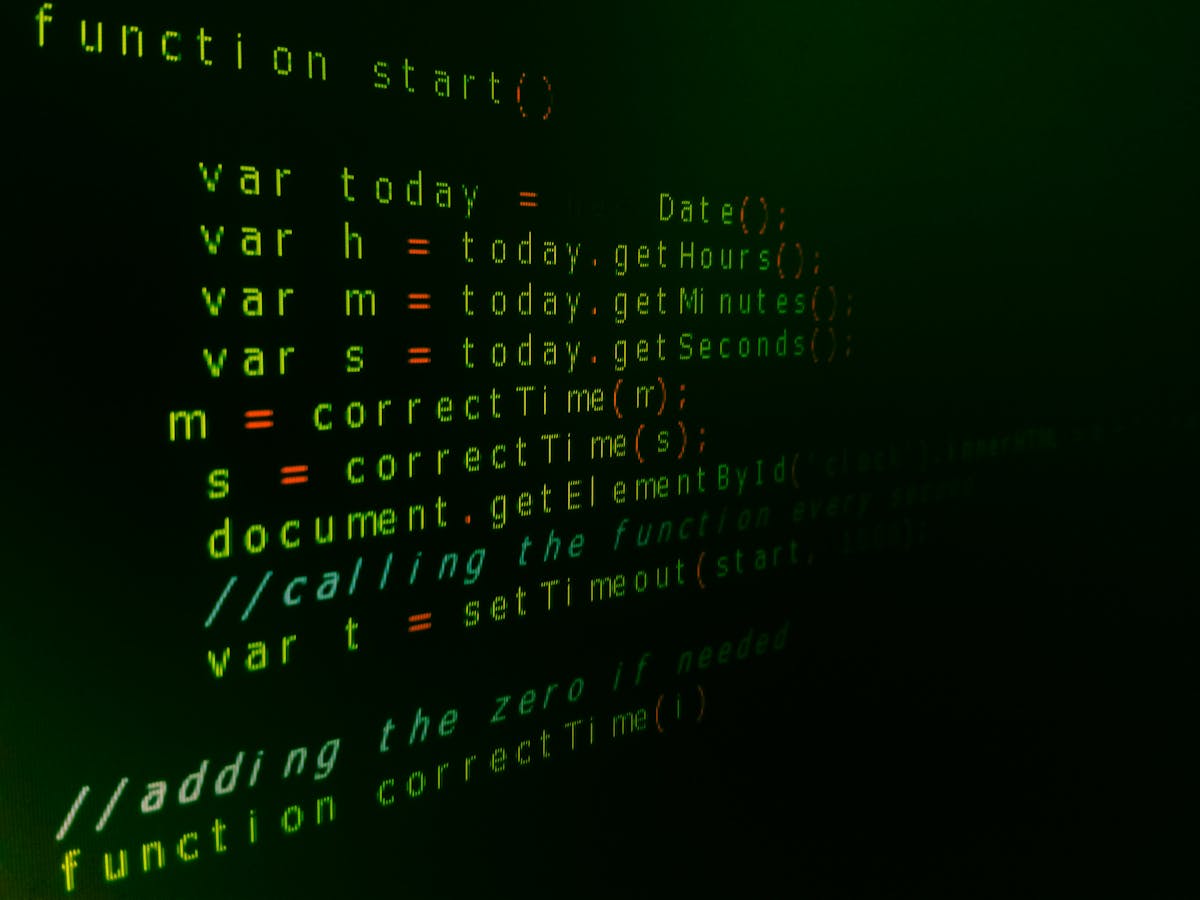niels denekamp Shares How Automation Helps Improve Dev Cycles in Full-Stack Teams
Wiki Article
The Importance of Full-Stack Advancement in the Evolving Landscape of Software Engineering
In the quickly altering area of software program engineering, full-stack growth has gotten considerable importance. Full-stack programmers have a distinct ability to work with both front-end and back-end modern technologies. This adaptability facilitates far better team partnership and action to changing task demands (aether group dubai). As companies embrace agile methodologies, the role of full-stack developers comes to be also a lot more critical. Discovering the nuances of this fad exposes much deeper implications for the future of software growthThe Role of Full-Stack Developers in Modern Teams
As organizations progressively take on nimble methods, full-stack programmers have actually become vital assets within contemporary groups. These versatile experts possess a detailed ability that extends both front-end and back-end development, enabling them to add to different elements of a task. Their capacity to navigate different shows languages and frameworks permits for smooth cooperation throughout techniques, promoting an extra incorporated technique to software development.Full-stack developers enhance team characteristics by connecting communication gaps, lowering dependence on specialized duties. This versatility not only increases job timelines but also advertises development, as they can implement responses in actual time. Additionally, their holistic understanding of the software lifecycle assists in far better decision-making and analytical, inevitably leading to more robust applications. As organizations go for effectiveness and responsiveness, the duty of full-stack programmers comes to be increasingly crucial in driving effective project results and sustaining affordable benefits in the marketplace.Linking the Space Between Front-End and Back-End
Connecting the void in between front-end and back-end development is basic for delivering practical and cohesive software program applications. This combination guarantees that interface connect properly with server-side logic, offering a smooth experience for end-users. Full-stack programmers, with their broad ability, play a substantial function in this procedure by recognizing both domain names and their communications. They can resolve problems that develop throughout integration, such as information circulation discrepancies and efficiency traffic jams, which are typically overlooked when groups run in silos. A unified method makes it possible for more effective debugging and screening, as full-stack programmers can evaluate the entire application holistically. As software application systems become significantly complex, the capacity to connect this void becomes a lot more important, promoting not just technical performance however also boosting the overall individual experience. Subsequently, companies that prioritize this integration are much better positioned to adapt to technological improvements and customer needs.Enhancing Cooperation and Communication
Efficient collaboration and interaction among staff member are essential elements of successful full-stack growth. This strategy cultivates a shared understanding of job goals, allowing programmers to flawlessly incorporate front-end and back-end functionalities. By urging open dialogue, teams can immediately address challenges and share understandings, which improves analytical capabilities. Varied capability within full-stack growth teams advertise knowledge exchange, allowing participants to gain from each other and enhance their private competencies - aether group dubai.Moreover, normal check-ins and comments loopholes enhance connections amongst staff member, growing a society of count on and responsibility. Using joint tools and systems can streamline interaction, ensuring that all stakeholders stay educated about task progress and adjustments. As full-stack programmers often manage numerous obligations, efficient communication minimizes misunderstandings and lines up team efforts. Eventually, focusing on partnership and interaction not just enhances efficiency yet also causes greater high quality software program end results, crucial in today's busy technological landscapeAdjusting to Agile Methodologies
While embracing Agile methods can initially present difficulties, full-stack growth groups often find that this method noticeably improves their workflow and flexibility. Nimble structures focus on iterative progression and regular reassessment, enabling groups to respond rapidly to transforming project demands. Full-stack developers, equipped with a complete ability collection, are especially appropriate to navigate these changes, helping with smooth collaboration in between front-end and back-end processes.Moreover, Agile emphasizes continual integration and deployment, which lines up flawlessly with the capacities of full-stack developers. This harmony results in faster shipment times and improved item quality. Active methods, such as day-to-day stand-ups and sprint evaluations, urge openness and accountability within teams, fostering a society of open interaction. As a result, full-stack designers become critical in promoting a positive strategy to analytic, making sure that projects stay lined up with client assumptions and market needs. Ultimately, adjusting to Agile approaches encourages full-stack groups to thrive in a dynamic software development landscape.Future Patterns in Full-Stack Advancement

Frequently Asked Inquiries
What Programs Languages Should Aspiring Full-Stack Developers Learn First?
Ambitious full-stack developers need to start by discovering HTML, CSS, and JavaScript for front-end advancement. Subsequently, they can explore back-end languages like Node.js, Python, or Ruby, together with data source monitoring systems such as SQL or MongoDB.Just How Do Full-Stack Developers Remain Upgraded With Evolving Technologies?

What Are Typical Obstacles Faced by Full-Stack Developers?
Common difficulties faced by full-stack developers include taking care of varied innovations, balancing back-end and front-end tasks, staying existing with fast improvements, fixing complex concerns, and making sure seamless combination across various systems to deliver natural individual experiences. (aether group dubai)How Do Full-Stack Programmers Take Care Of Time Between Front-End and Back-End Tasks?
Full-stack developers often focus on tasks by reviewing job requirements, using agile approaches, and segmenting their work right into manageable pieces. They balance back-end and front-end responsibilities via careful planning and time administration techniques to improve productivity.Is a Degree Necessary to Come To Be a Successful Full-Stack Programmer?
The necessity see post of a level for becoming a successful full-stack programmer remains disputed. Many experts stress skills and experience over formal education and learning, suggesting that sensible knowledge and job profiles can be equally, if not even more, beneficial. As organizations progressively adopt active techniques, full-stack developers have arised as essential assets within contemporary groups. As full-stack programmers usually juggle several responsibilities, reliable interaction lines up and lessens misunderstandings team efforts. Full-stack programmers, outfitted with a thorough ability collection, are specifically fit to browse these shifts, promoting smooth partnership in between front-end Read Full Report and back-end processes.Moreover, Agile stresses continuous combination and release, which straightens flawlessly with the capacities of full-stack designers. Full-stack designers will progressively use AI-driven devices for code generation and bug discovery, enabling for faster deployment cycles.Moreover, the rise of low-code and no-code platforms will certainly equalize growth, allowing non-technical stakeholders to add effectively. Ambitious full-stack designers should start by learning HTML, CSS, and JavaScript for front-end development.Report this wiki page